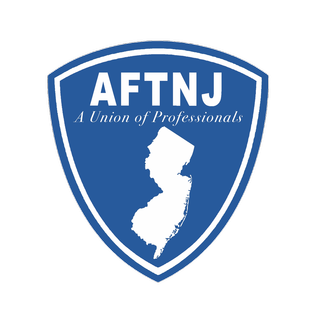By Benjamin Hart
As public school classrooms become increasingly crowded and under-resourced, so do the programs where their teachers are trained.
As I finished the first year of my teacher certification program this past spring, the graduate school I attend announced that in addition to the two-year program of which I am a part, they would begin offering a fast-track one-year certification. They did so rather apologetically, admitting they opposed new teachers rushing into the profession without as balanced an amount of training and experience as possible.
Essentially, they were following a tide: As Teach for America, urban teacher residencies and other forms of alternative certification make graduate school appear both more costly and more lengthy, many schools have begun instituting accelerated and online programs. As students, we understood the pressures, worried about what this might mean for the integrity of our program, but did little more than discuss the issue with the faculty we most trust.
What we had not fully grasped until returning to class this last week is that by adding the one-year program, the entire graduate school is essentially doubling the size of each of its new graduating classes. As courses in the two tracks overlap, the number of students in each skyrockets.
When we arrived at our Teaching Science in Elementary Education class on Wednesday, one intended for a cohort of around 25, we found the classroom over capacity with more than 60 students in attendance. All in different stages of the program, some of us are taking an entire year’s course load this one semester. Some of us have never taught a class or been shown how to construct a lesson plan, but will still be expected to student teach in the spring semester.
All of us will be expected to gain adequate training, reflect and problem shoot sufficiently on observations we are making in our current public classroom placements, and become better lesson planers, in a classroom twice the size it was designed to be, with many of us doing twice the observations and outside studying as the program initially intended.
What makes this shift alarming isn’t simply that it was never discussed with any of the members of the program, nor that it means many of us who sought out this school for its perspectives on social justice aren’t receiving the educational space we signed up for. (As students, we are deeply supported by the faculty who run our program, and can recognize the difference between their devotion and the university’s budget plans.)
More>>



